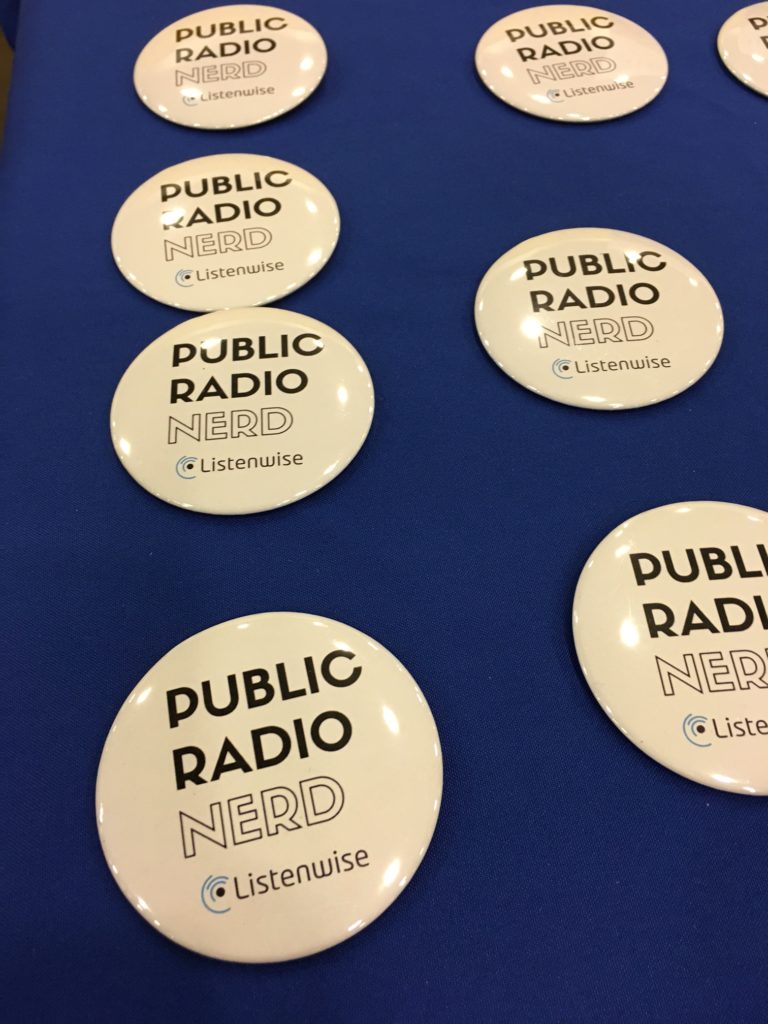Last Updated on September 21, 2022
(See below for how to get your button!)
Today’s blog post takes a deep dive into an upcoming chapter of my book: Listen Wise: Teach Students to be Better Listeners. You can explore a sneak peek on ch. 2 why listening is a skill that matters and ch. 4. on how to teach listening.
Chapter 3 Sneak Peek
Today’s sneak peek from chapter 2 of my book is about the neuroscience behind what our brain is doing when we are listening.
We take our hearing for granted. I know I do. When I had my first child, she was born at full term and passed all the newborn screening tests, including hearing. I never thought about her hearing again as she was developing into a bright and curious toddler. She responded when spoken to and was learning to speak at a typical developmental age. Nothing seemed out of the ordinary.
When she was three and a half she was speaking fluently when a friend of mine came to visit. She commented on how my daughter’s pronunciation of some words sounded as if she was hard of hearing. As this was my first child, I thought the strange way she said sun and shine was a kind of baby talk. But my friend’s mother was a speech therapist, and she recognized the lateral way my daughter said “s.” It was similar to how a deaf person speaks.
A lateral lisp is when air is forced over the tongue instead of out the front of the mouth and it makes the “s” and “sh” sound slushy.
My friend and I quickly devised a hearing test. I stood behind my daughter at the dining room table and said in a normal voice to her “Do you want some ice cream?” She did not respond. My friend stood in front of her and said the same thing. She replied with enthusiasm, “Yes!” It was the first step to diagnosing a correctable hearing problem. She had moderate hearing loss due to fluid in her ears. Once officially diagnosed, it was fairly simple to correct by placing tubes in her ears to drain the fluid. Her lisp and incorrect pronunciation of some words took speech therapy and a lot of practice to correct.
Hearing is critical, but simply getting sound to the brain is only part of the magic of listening. Your brain must translate that sound into meaning. And that’s where it gets even more complicated. Translating sound waves into meaning engages the auditory regions of the brain. Benjamin Bergen, a cognitive scientist from the University of California in San Diego, writes extensively about how the brain interprets meaning from sounds. He studies how the brain creates mental imagery of what you hear. He explores the embodied simulation hypothesis, which means, as he writes in his book Louder than Words, “we understand language by simulating in our minds what it would be like to experience the things that the language describes.”
People are activating systems in the brains that are responsible for sight, sound, motor control and olfaction while they are listening to language. He told me in an interview that when you listen to language about action, “about people walking upstairs or opening a can of tuna … you activate parts of your brain that actually drive those very actions, motor parts of your brain.” In brain imaging studies, the same parts of your brain that actually experience things by directly interacting with the world, such as your visual cortex when you see a bird, also light up when you hear a story about a bird.
This is what makes listening such an exciting learning tool to use in your classroom. It will call on your students to make movies in their minds, drawing on their own background knowledge and experience to complete the picture.
How To Pre-order
Pre-order my book before March 15th, and I’ll send you a Public Radio Nerd button you can wear proudly!
You can pre-order at Amazon, Barnes & Noble, Books-a-Million, Target and Bookshop.
Then drop me an email (monica@listenwise.com) with your receipt and mailing address to get your button!


It is predictable to expect primary teachers to use pic/sound/repetition techniques. Teachers in grades 3 and above are less likely to access this best practice.
This practice is essential for language learners, especially the vulnerable in middle and high school settings.
I love the research narrative; neuroscience will underscore relevance in all grades.